
What Is the Speed of the Average Cyclist? Full Guide to Typical Cycling Speeds
Understanding the speed of the average cyclist is one of the most common questions among beginners, commuters, and fitness riders. Whether you want to estimate travel time, compare your performance, or simply know what’s considered “normal,” typical cycling speeds can vary widely based on experience, terrain, weather, and bike type.
In this full guide to typical cycling speeds, you’ll learn what counts as an average pace, how your speed compares to different categories of cyclists, and the key factors that influence performance on the road. Use these insights to benchmark your own rides and discover practical ways to ride faster, safer, and more efficiently.
What Is the Speed of an Average Cyclist?
The speed of an average cyclist typically falls between 10–15 mph (16–24 km/h) for recreational riders, but this number can change dramatically depending on experience, road conditions, and equipment. A true beginner often cycles at around 10 mph (16 km/h) as they build confidence, stamina, and technique.
As fitness improves, most casual cyclists comfortably reach 15–20 mph (24–32 km/h) on flat terrain, especially with a well-maintained road bike. Highly trained riders, including competitive amateurs and professionals, regularly exceed 20 mph (32 km/h) and can sustain much higher speeds during races or time trials.
Average Cycling Speed by Situation
Average cycling speed can vary dramatically depending on the rider’s experience, the terrain, and the type of bike being used. Understanding these variations helps cyclists set realistic expectations and measure their progress against comparable rider categories.
Average Cycling Speed by Experience Level
-
Beginner: 10–14 mph (16–22 kph) — Ideal for new riders still building fitness and confidence.
-
Casual / Intermediate: 15–20 mph (24–32 kph) — Typical for regular cyclists riding for fitness or commuting.
-
Experienced / Club Riders: 18–22 mph (29–35 kph) — Common in organized group rides with consistent pacing.
-
Competitive Cyclists: 22–28 mph (35–45 kph) — Achievable during training sessions or amateur racing.
-
Professional Cyclists: 25 mph+ (40 kph+) — Sustained speeds during pro-level races or time trials.
Average Cycling Speed by Situation and Bike Type
-
City / Commuting (with stops): 12–16 kph (7.5–10 mph) — Traffic lights, congestion, and variable routes reduce average speeds.
-
Road Bike: 13–17 mph (21–27 kph) — Fastest among non-assisted bikes due to aerodynamics and lightweight build.
-
Hybrid Bike: 11.5–13 mph (18.5–21 kph) — Balanced speeds suitable for commuting and recreational riding.
-
Gravel Bike: 10–15 mph (16–24 kph) — Designed for mixed surfaces, where terrain changes influence pace.
-
Mountain Bike: Around 10 mph (16 kph) — Lower speeds due to rugged terrain, suspension, and wider tires.
-
Electric Bike (E-bike): 11–14.3 mph (17.7–23 kph) — Assisted speeds vary based on motor output, battery level, and local speed regulations.
These ranges provide a clear comparison of typical cycling speeds across different situations, helping riders understand what to expect and which factors have the greatest impact on their performance.
Factors That Influence Cycling Speed
Understanding the key factors that influence cycling speed is essential for accurately evaluating your performance and knowing how to improve it. A cyclist’s average speed is shaped by far more than effort alone—everything from the road surface to the bike you ride can significantly change how fast you move.
Terrain
Terrain is one of the most significant factors that influence cycling speed. Flat, smooth roads allow cyclists to maintain a consistent pace with relatively less effort. In contrast, hilly or mountainous terrain forces riders to slow down during climbs due to increased resistance and energy demand. Even though descending can increase speed, it rarely balances out the time and effort spent going uphill, resulting in a lower overall average speed.
Environmental Conditions
Weather and surface conditions can dramatically affect how fast you ride. Wind is often the most impactful element—a strong headwind can slow a cyclist to a crawl, while a tailwind can noticeably boost speed with no extra effort. Temperature and humidity also play a role in performance and comfort. Meanwhile, wet, icy, or rough road surfaces reduce traction and rolling efficiency, making it harder to maintain a high average speed.
Fitness Level and Age
A cyclist’s physical conditioning, power output, and cardiovascular fitness directly influence their ability to maintain higher speeds. Riders with regular training typically have better endurance, stronger muscles, and more efficient pedaling techniques. While age can affect recovery and overall power, consistent training allows cyclists to remain strong and competitive. In general, better fitness equals higher average cycling speed.
Bike Type
The type of bike you ride can significantly impact your speed. Lightweight bikes and aerodynamic road bikes are designed for efficiency and speed, helping riders reach and maintain faster paces. In contrast, heavier city bikes, mountain bikes, or hybrid bikes are built for comfort or off-road stability, which naturally reduces speed due to added weight, wider tires, and greater rolling resistance. Even small differences in components—such as tire pressure, gearing, or wheel design—can influence performance.
How to Find the Right Cycling Speed for You
Focus on Your Personal Cycling Pace
Average cycling speeds offer helpful benchmarks, but your ideal pace depends on your fitness level, goals, and experience. The best cycling speed is the one that supports steady progress—not an arbitrary number.
Train by Intensity, Not Just Speed
Instead of chasing a target pace, use heart-rate zones or power output to guide your effort. Heart rate is easy to track with common monitors, while power provides precise insight if you have the equipment.
Test Your Fitness to Set Training Zones
A simple fitness test using heart rate or power helps you determine your individual training zones. Once established, you can use percentage ranges to choose the right intensity for endurance rides, tempo sessions, or interval workouts.
Balance Your Training for Long-Term Improvement
Most of your cycling time should be spent in the endurance zone, with only about 20% devoted to higher-intensity efforts. The harder the intensity, the shorter the time you should spend there.
Let Your Ideal Speed Develop Naturally
By training with clear intensity zones, your ideal cycling speed will naturally emerge as your fitness improves—helping you ride faster, safer, and more efficiently over time.
Tips to Improve Your Average Cycling Speed
Build Fitness with Smart Training
Boost your average cycling speed by mixing intervals, tempo rides, and endurance sessions. This combination improves power, stamina, and sustained pace.
Strengthen Legs and Core
Stronger legs, glutes, and core muscles help you generate more power and stay stable at higher speeds. Include simple strength exercises like squats, lunges, and planks.
Improve Your Aerodynamics
Lowering your torso, bending your elbows, and refining your hand position reduces wind resistance. Small aerodynamic tweaks can increase speed without extra effort.
Ride with Others
Group rides push you to ride faster and let you benefit from drafting, making it easier to maintain a higher average speed.
Maintain Your Bike
Keep your drivetrain clean, tires properly inflated, and your bike well-fitted. A smooth-running bike makes every pedal stroke more efficient.
Fuel and Hydrate Properly
Balanced nutrition and good hydration help you maintain steady energy levels, preventing slowdowns and supporting faster, more consistent riding.
Top iScooter E-Bikes to Elevate Your Cycling Experience
|
Image |
 |
 |
 |
 |
 |
|
Model |
|||||
|
Price |
£356.99 |
£468.99 |
£468.99 |
£478.99 |
£488.99 |
|
Motor |
Peak 500W |
Peak 500W |
Peak 500W |
Peak 500W |
Peak 500W |
|
Max Range |
40 Miles |
65 Miles |
55 Miles |
55 Miles |
60 Miles |
|
Max Speed |
15.5 MPH Default, Unlock to 20 MPH |
15.5 MPH Default, Unlock to 20 MPH |
15.5 MPH Default, Unlock to 20 MPH |
15.5 MPH Default, Unlock to 20 MPH |
15.5 MPH Default, Unlock to 22 MPH |
|
Default Speed |
6.2/9.3/15.5 MPH |
3.7/6.2/9.3/15.5 MPH |
6.2/9.3/15.5 MPH |
3.7/6.2/9.3/12.4/15.5 MPH |
3.7/6.2/9.3/12.4/15.5 MPH |
|
Unlock Speed |
9.3/15.5/20 MPH |
6.2/9.3/15.5/20 MPH |
9.3/15.5/20 MPH |
6.2/9.3/12.4/15.5/20 MPH |
6.2/9.3/12.4/15.5/22 MPH |
|
Battey |
36V 7.8Ah (280.8Wh) |
36V 13Ah (468Wh) |
36V 10.4Ah(374.4Wh) |
36V, 10.4Ah (374.4Wh) |
36V, 10.5Ah (378 Wh) |
|
Sensor |
Cadence sensor |
Cadence sensor |
Cadence sensor |
Cadence sensor |
Cadence sensor |
|
Pedal Assist |
4-Level Speed Assist |
5-Level Speed Assist |
4-Level Speed Assist |
7-Level Speed Assist |
7-Level Speed Assist |
|
Suspension |
Rear Suspension |
Adjustable Front Spring Suspension Fork+Seat Suspension |
Adjustable Front Suspension Spring Fork |
Adjustable Front Spring Suspension Fork |
Advanced Front Suspension Fork |
|
Brake |
Front and rear disc brakes |
Front and rear disc brakes |
Front and rear disc brakes |
Front and rear disc brakes |
Mechanical brakes |
|
Tire |
14*1.95" Pneumatic Tires |
26*1.95" Chaoyang Pneumatic Tires |
16*2.15" Pneumatic Tires |
26" × 1.95" Pneumatic |
26" × 1.95" Pneumatic |
|
Saddle |
Urban comfort ergonomic seat |
Urban comfort ergonomic seat |
Urban comfort ergonomic seat |
Urban comfort ergonomic seat |
Breathable ergonomic sport cushion seat |
|
Headlight |
High output integrated LED, adjustable angle |
High output integrated LED, adjustable angle |
High output integrated LED, adjustable angle |
High output integrated LED, adjustable angle |
High output integrated LED, adjustable angle |
|
Tail Light |
Wiring LED light |
Wiring LED light |
button battery |
button battery |
Rear LED |
|
Rear Rack |
None |
Supported |
Supported |
Supported |
Suppoted |
|
Fenders |
Front and rear full coverage |
Front and rear full coverage |
Front and rear full coverage |
Front and rear full coverage |
Front and rear full coverage |
|
Charger |
42V 1.5Ah |
42V 2Ah |
42V 2Ah |
42V 2Ah |
42V 2Ah |
|
Frame |
Alloy steel folding frame |
Iron frame |
Alloy steel folding frame |
Iron Frame |
Alloy steel frame |
|
Water Resistance |
IP65 |
IP65 |
IP65 |
IP65 |
IP65 |
|
Load Capacity |
264 lbs (120 kg) |
264 lbs (120 kg) |
264 lbs (120 kg) |
264 lbs (120 kg) |
330 lbs (150 kg) |
|
Seat Height |
Adjustable |
Adjustable |
Adjustable |
Adjustable |
Adjustable |
|
Rider Height |
4'9" ~ 6'1" (150cm ~ 185cm) |
5'3" ~ 6'3" (160cm ~ 192cm) |
5'3" ~ 6'3" (160cm ~ 192cm) |
5'3" ~ 6'4" (150cm ~ 192cm) |
5'3" ~ 6'5" (160cm ~ 195cm) |
|
Bike Weight |
51.4 lbs (23.2 kg) |
59.5lb (27kg) |
58.42 lbs (26.5 kg) |
61.7 lbs (28 kg) |
45.1 lbs (20.5kg) |
Conclusion
In the end, knowing the speed of the average cyclist provides a useful benchmark, but your personal pace will always depend on your fitness, terrain, and training goals. Use average speeds as a guideline—not a rule—and focus on steady improvement through consistent riding and smart training. With time and experience, your own average speed will naturally increase, helping you ride stronger and more confidently on every route.
FAQs
What is the 75 rule in cycling?
The 75 rule in cycling suggests that about 75% of your training should be done at an easy, low-intensity pace to build endurance and improve long-term performance.
Is 25 mph fast on a bike?
Yes, 25 mph is very fast on a bike. This speed is typically reached by experienced or competitive cyclists, especially on flat terrain or during time trials.
What is a typical speed for a person cycling GCSE?
For GCSE-level cycling tasks, a typical speed is around 10–15 mph (16–24 km/h), depending on fitness level, terrain, and riding experience.
Is 14 mph a good cycling speed?
Yes, 14 mph is a good cycling speed for most recreational riders and beginners. It shows solid fitness and is above the average pace for many new cyclists.
iScooter E Scooter Collections:
Electric Scooter | Kids Electric Scooter | Electric Scooter for Adults | Electric Scooter with Seat | Off-Road Electric Scooter | Foldable Electric Scooter | Girls Electric Scooter | 1000W Electric Scooter | 2000W Electric Scooter | Boys Electric Scooter | Dual Motor Electric Scooter | Big Electric Scooter | Electric Scooter with Suspension | Lightweight Electric Scooter | Commuter E-Scooters | 3 Wheel Electric Scooter
Show more ▼iScooter E Bike Collections:
Foldable Electric Bike | Affordable Cheap Electric Bike | Electric Bike for Adults | Electric Motor Bikes | Trek Electric Bike | Fastest Electric Bike | Electric Road Bike | Full Suspension Electric Mountain Bike | Giant Electric Bike | Womens Ladies Electric Bike | Mens Electric Bike | Electric Bike with Throttle | Electric Gravel Bike | Electric Mountain Bike UK | Fat Tyre Electric Bike | Electric Hybrid Bike | Electric Motorised Bike | Electric Push Bike | 1000W Electric Bike | Cool Electric Bikes | Electric Off Road Bike | Pedal Assist Electric Bike | Good Electric Bikes | Small Electric Bike | Trek Electric Mountain Bike | 2000W Electric Bike | Full Suspension Electric Bike | Mini Electric Bike | Road Legal Electric Bike | Step Through Electric Bike
Show more ▼👍 Buying Guide | 🚴♂️ Riding Guide
📋 Feature Guide | ❓ Common problem
Product category
Electric Scooter
Cheap Electric Scooters for Adults | Fastest Electric Scooter | Kids Electric Scooter | Mini Electric Scooter
































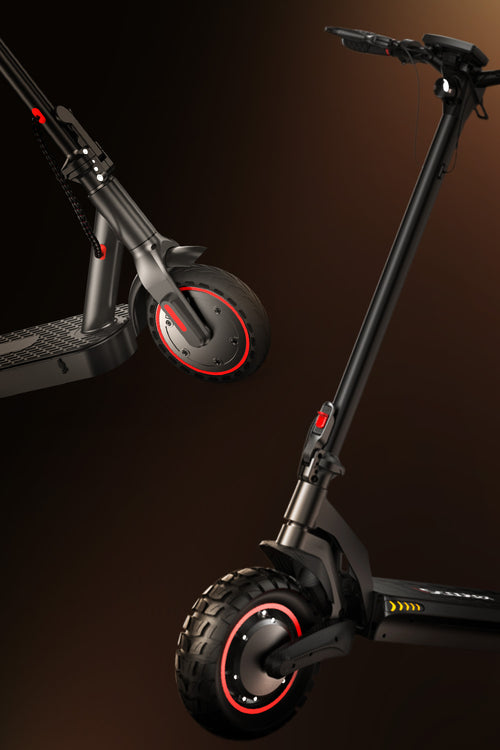
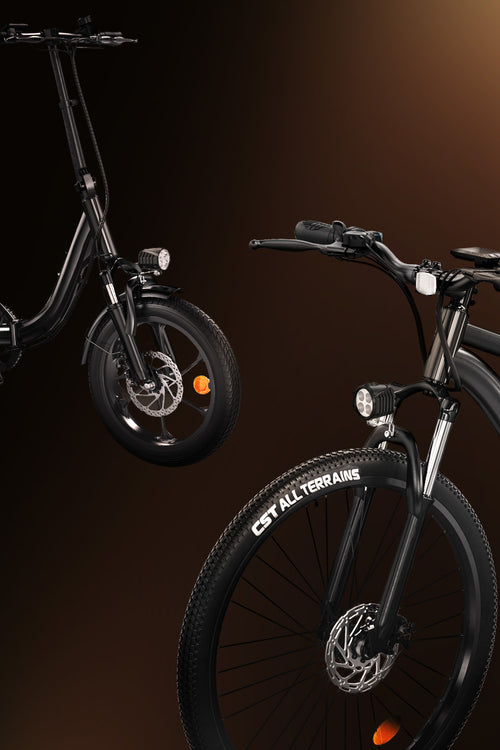








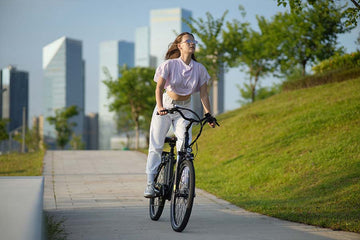
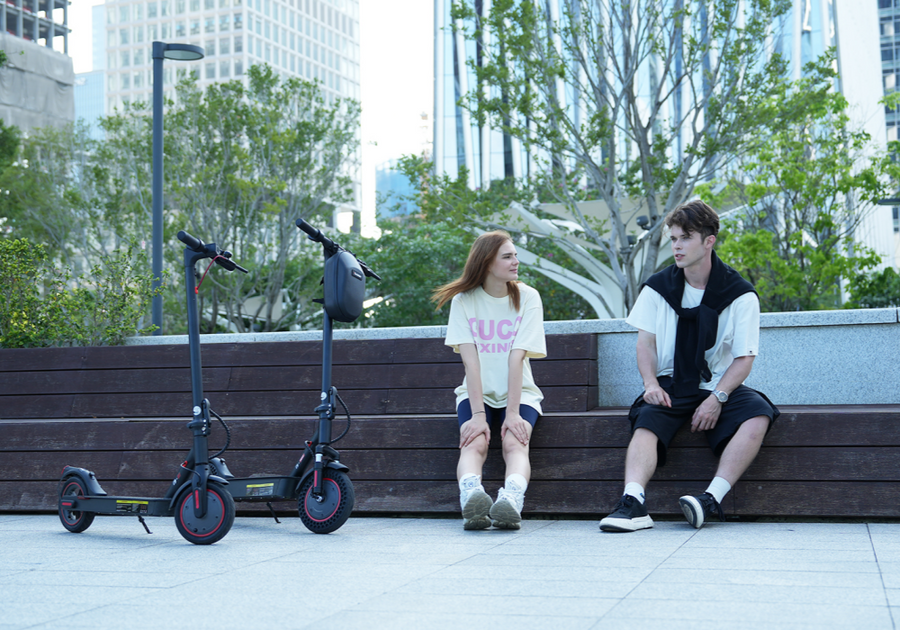




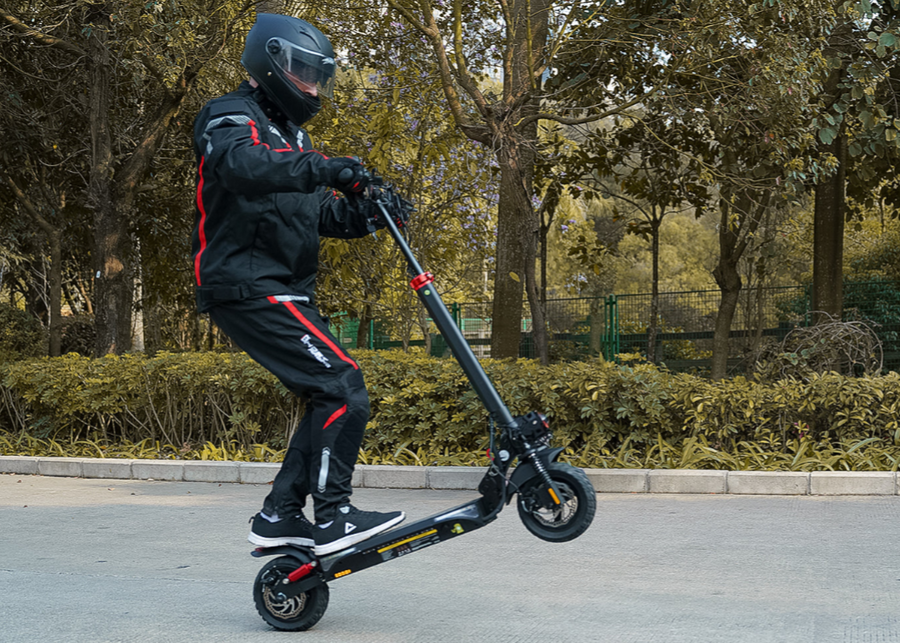
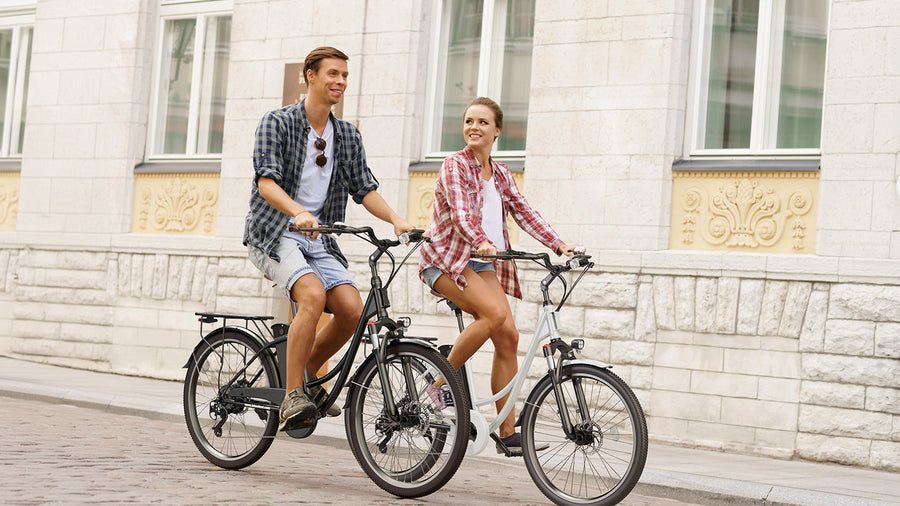
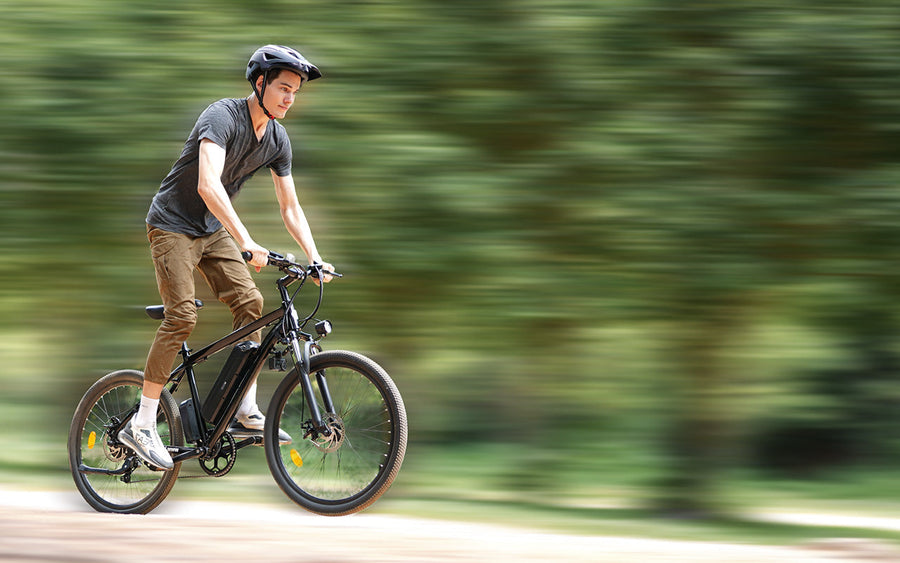

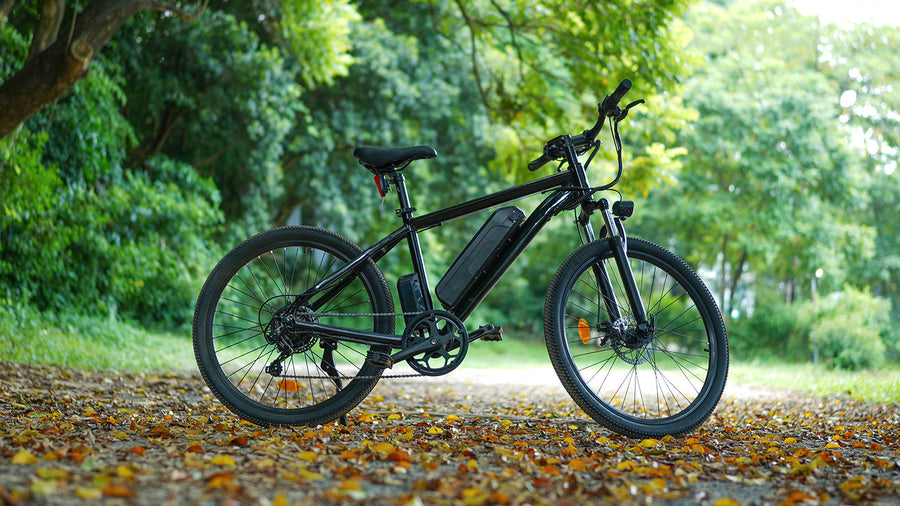
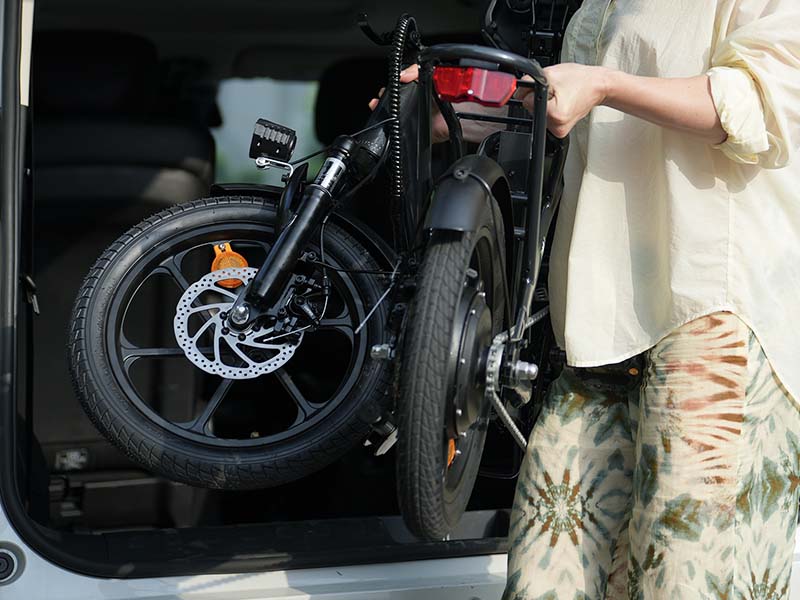
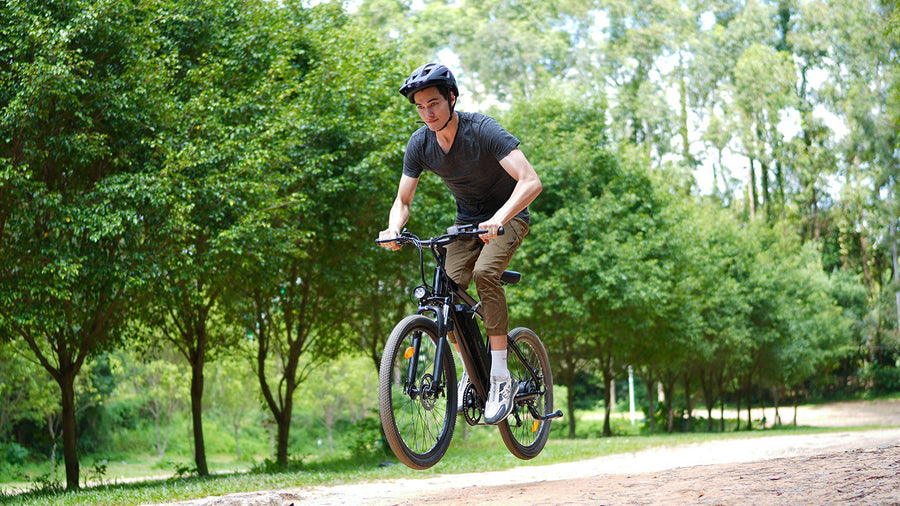









Article tags :
Leave us a message